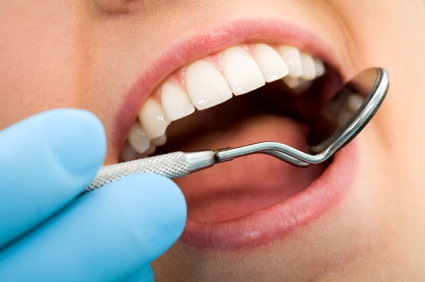
10 Things You Need to Know About Root Canal Therapy | South Lake Tahoe CA
When the center of your tooth (pulp) becomes infected or inflamed, due to decay or tooth fracture that leaves it exposed, it can cause you a lot of pain and make it difficult to eat and drink hot or cold items due to sensitivity. This is because the nerve in the pulp has been exposed. Unlike bone tissue, a tooth cannot heal itself. But it can be saved by removing the pulp and performing root canal treatment to extend its functional life, when the only alternative would have been removal.
If your dentist has recommended root canal therapy to save a severely damaged tooth, here are some things to note about the treatment:
- Root canal therapy aims to remove the damaged pulp tissue (tooth nerve and blood vessels), as well as any root infection from the root canal in the centre of your tooth.
- The procedure is carried out under local anaesthetic, which makes it painless.
- The dentist uses special metal instruments and disinfectant material to clean out the root canals.
- A sheet of latex or “rubber dam” will be placed over the tooth (held in position with a clip) to prevent debris and bacteria in the mouth from going into the root canals and stop water from the drill or bits from the filling away from the back of the mouth
- The canal is then filled with Gutta Percha (a rubber-like material) and sealed with sealer cement to prevent bacteria infection.
- Restored back teeth are protected and strengthened with a crown or onlay, which makes the tooth appear like your other teeth for an even smile. This makes it strong enough to withstand normal chewing function. Front teeth are strengthened by adding a white filling.
- Although the process is the same for treating all teeth, it takes much longer to treat a molar compared to a front tooth because back teeth have three or four canals that need to be cleaned and filled.
- If the tooth is infected, your dentist may require you to schedule multiple visits to ensure adequate cleaning and disinfection.
- If your treatment requires multiple visits, a temporary filling will be placed as a seal between visits.
- After pulp removal, the restored tooth will no longer be sensitive to hot or cold, though some patients report mildly altered sensations. However, the tooth can still decay, and must be treated with the same level of care as your other teeth.
Please visit your dentist to learn more about root canal therapy, and whether you’re a good candidate for the procedure.


